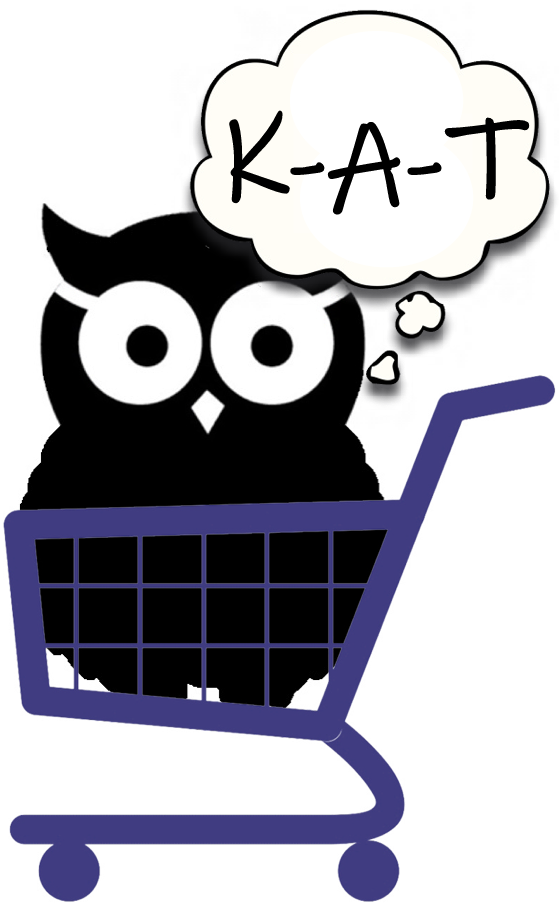Well just know that spelling counts when shopping online!
Even if a website has a picture of the little lock, that does not mean it is a “safe” site.
In fact, scammers are very good at building malicious websites that LOOK like authentic reputable companies.
But, if you look at the website address (commonly called the “URL”), you can find the clues of a fake website.
1. Scammers will often slightly mispell the name of the company. For instance, replacing the “i” in “Pepsi” with a number “1” (i.e. “Peps1.com”)

2. Sometimes a scammer will use the “real” URL but add a number or letter in front or back. For instance, “1Pepsi.com”
3. Most domains end in either “.com,” “.net,” “.org,” “.gov,” or even “.edu.” If you see anything else after the “dot” in a URL, it is probably a fake and even dangerous site. For instance, “Pepsi.com.ru”
Watch carefully for ANY little variations or misspellings in the website address or even in the website itself. They are BIG red flags and you should always avoid shopping on those websites.
What’s the most important part of a treasure map? (Tap your answer)



